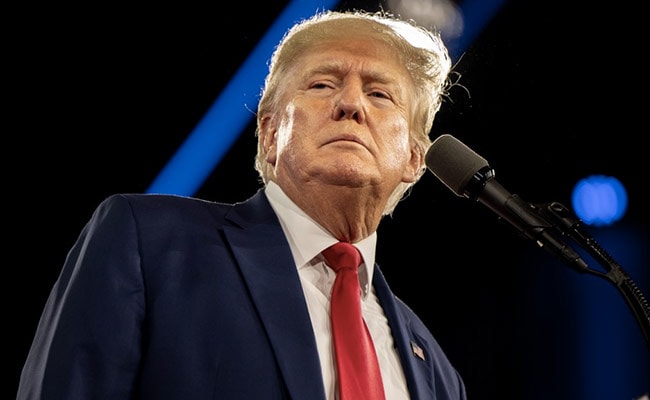In recent years, the notion that protective tariffs can restore America’s economic greatness has resurfaced, based on the belief that they spurred growth in the 19th century and could do so again in the 21st century. This idea is not just incorrect; it’s dangerous.
Take recent comments by conservative pundit Oren Cass, who argued, “the way America went from colonial backwater to this globe-spanning industrial colossus was not free markets and free trade. It was aggressive protection of our domestic market.” Former President Donald Trump echoes similar sentiments, emphasizing that if he is reelected, tariffs will play a significant role in revitalizing America’s economy.
At first glance, one might think that tariffs promote domestic growth. As the Cato Institute’s Scott Lincicome points out, “the issue [is] a classic case of correlation versus causation: Because tariffs were high during a period of rapid American growth and industrialization, so the argument goes, the former caused the latter.”
Yet correlation is not causation. Tariffs were not the driving force behind American prosperity—not even close. Economist and trade historian Douglas Irwin notes that “rather than higher tariffs causing higher growth, the relationship could be spurious: land-abundant countries relied on customs duties to raise government revenue and also enjoyed favorable growth prospects, with little link between the two.” In 19th-century America—a prime example of a land-abundant country—the fastest-growing sectors were services and agriculture, which were not heavily protected by tariffs.
Moreover, during this period, the United States benefited significantly from foreign capital investment, leading to the trade deficits that Trump criticizes today. This influx of global capital fueled innovation and the adoption of new technologies, all thriving in a free market environment. Despite tariffs on some imports, America’s 19th-century economy was remarkably open.
While Irwin finds that the economic distortions caused by high tariff rates were relatively minor, economist Brad DeLong reminds us that the harm (especially to exporting farmers and domestic producers who paid higher prices for imported capital goods) outweighed the benefits to tariff-protected industries.
The noneconomic costs of tariffs were also substantial. Tariffs fueled corruption and profit-seeking behaviors with no real value to society. Contributing to the Cato Institute’s Defending Globalization project, Phillip Magness writes that “high tariff protectionism continued to attract rent-seeking interest groups. The sheer extravagance of the public corruption around tariff schedule revisions came to a head in the late 19th century, eventually leading reformers to call for the abandonment of a tariff-based revenue system.” This eventually led to the introduction of the highly distortive income tax.
Moreover, advocates of 19th-century tariffs overlook the fact that the country’s largest “import” at the time was immigrants, who were not subject to tariffs. As economists Cecil Bohanon and T. Norman Van Cott argue in “Tariffs, Immigration, and Economic Insulation,” evaluating the impact of tariffs on economic growth without considering massive immigration—which surged from about 200,000 individuals annually in 1865 to over 1,000,000 by 1910—leads to flawed conclusions. They explain that “the impact of high tariffs, clearly an insulating policy, was swamped by free immigration, a quintessential policy of economic openness.”
Trump’s restrictive stance on both immigration and trade contrasts sharply with this historical openness. If a second Trump presidency brings higher tariffs and further immigration restrictions, we will not be as fortunate as our 19th-century predecessors.
Worsening the situation is the fact that today’s economy is vastly different from that of a century ago. Globalization has interlinked markets and supply chains in unprecedented ways. Half of what Americans import are inputs used to produce goods domestically. Tariffs on these imports raise production costs, making American products less competitive both at home and abroad.
Furthermore, the service sector—including industries like technology, finance, and health care—now constitutes nearly four-fifths of the U.S. economy. These sectors thrive on innovation, skilled labor, and access to global markets, not on protectionist policies.
Reimagining tariffs as a solution to economic challenges is not only historically misleading but also economically flawed. The America of the past succeeded despite tariffs, not because of them. If higher tariffs are imposed today, history will not be kind to those who advocate for them.
 Telegram is where we really talk. Don't miss out!
Telegram is where we really talk. Don't miss out!








